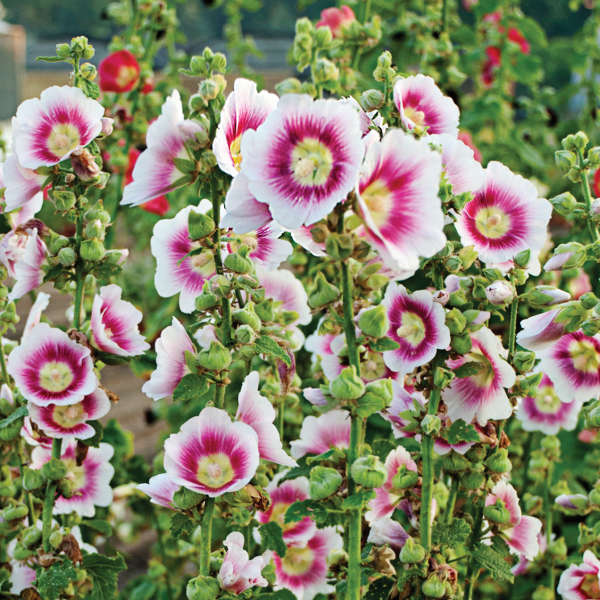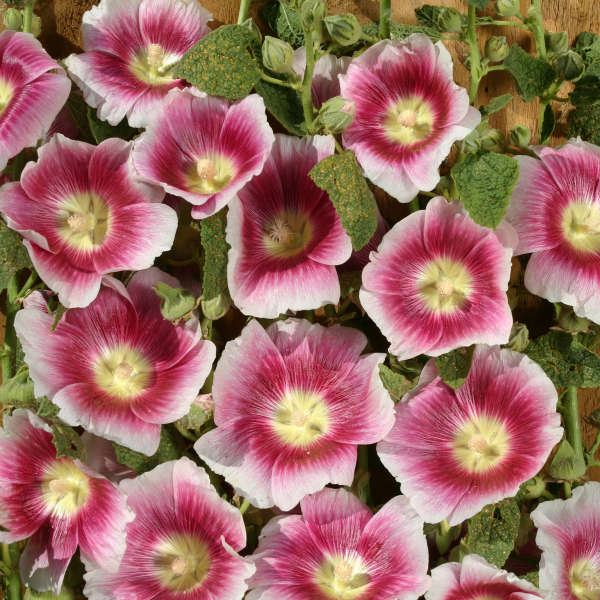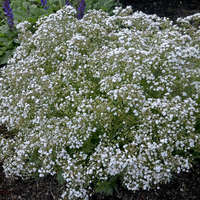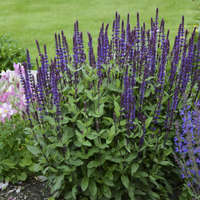Alcea rosea Halo Series - Blush
Halo Series
Common Name: Hollyhock
From the breeding work of Thompson & Morgan comes this series of hollyhocks that was 16 years in the making. These varieties were selected and hybridized over many generations for their large, single, bicolor flowers. Each displays a prominent, contrasting lighter or darker colored halo in the center of the flower.
Members of this series form a bushy clump of rugose green foliage with tall spikes carrying large, colorful blossoms in early to midsummer. Per the breeder, they are hardy perennials.
'Blush' produces large, white flowers with a prominent fuchsia red halo and yellow center.



